Yarrow is a versatile and hardy plant known for its highly dissected, frilly leaves and clusters of white, flat-topped flower heads.
This perennial is often found in various grasslands, such as lawns, verges, and meadows.
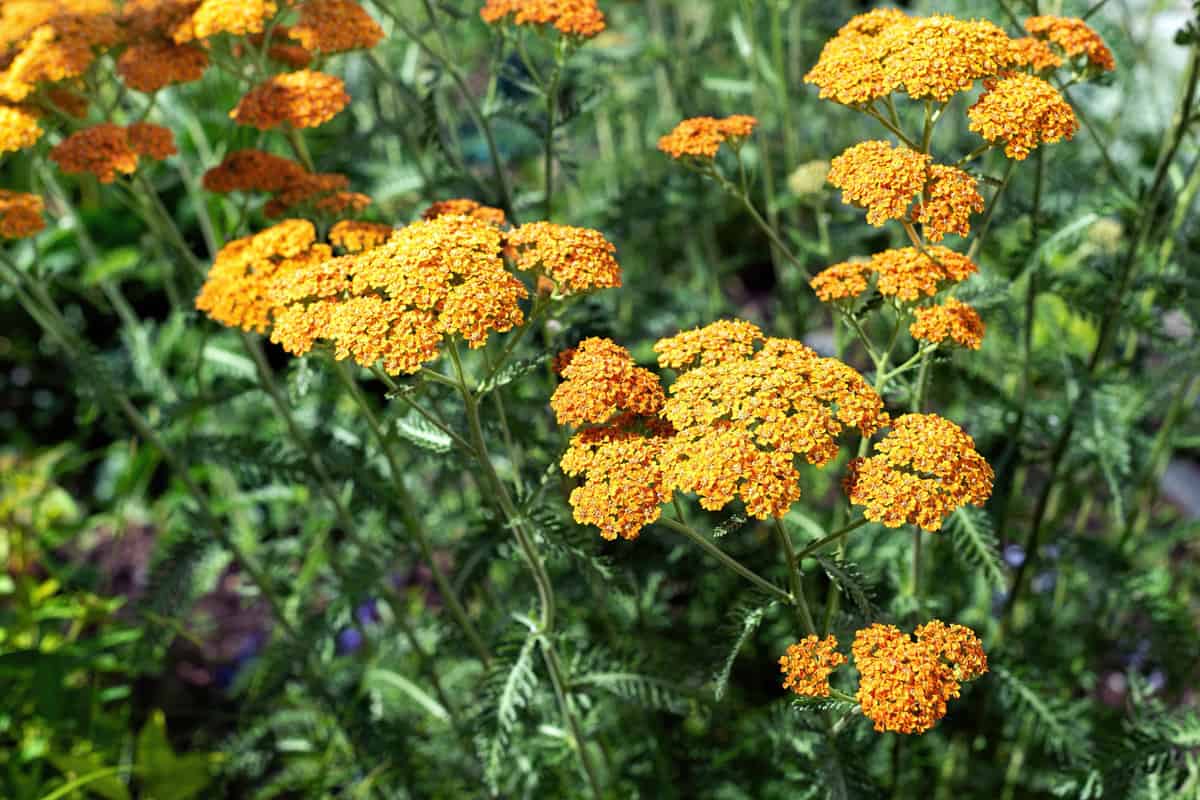
While yarrow is admired for its adaptability and resilience, its spreading habits have raised concerns about the potential invasiveness of its root system.
In some cases, yarrow can become aggressive in its growth, spreading rapidly through invasive rhizomes.
These underground stems may cause the plant to overtake and dominate areas, leading to a reduction of biodiversity and possible ecosystem imbalance.
However, it's essential to understand that not all yarrow varieties are invasive and, in fact, many gardeners appreciate yarrow for its ability to restore arable land to grassland by sowing it alongside other native plants.
When considering if yarrow is the right addition to your garden or landscape, it's crucial to research the specific variety you are interested in, as its invasiveness can differ substantially.
By choosing a non-invasive type of yarrow and providing proper care, you can enjoy this beautiful, hardy plant without contributing to potential ecological problems.
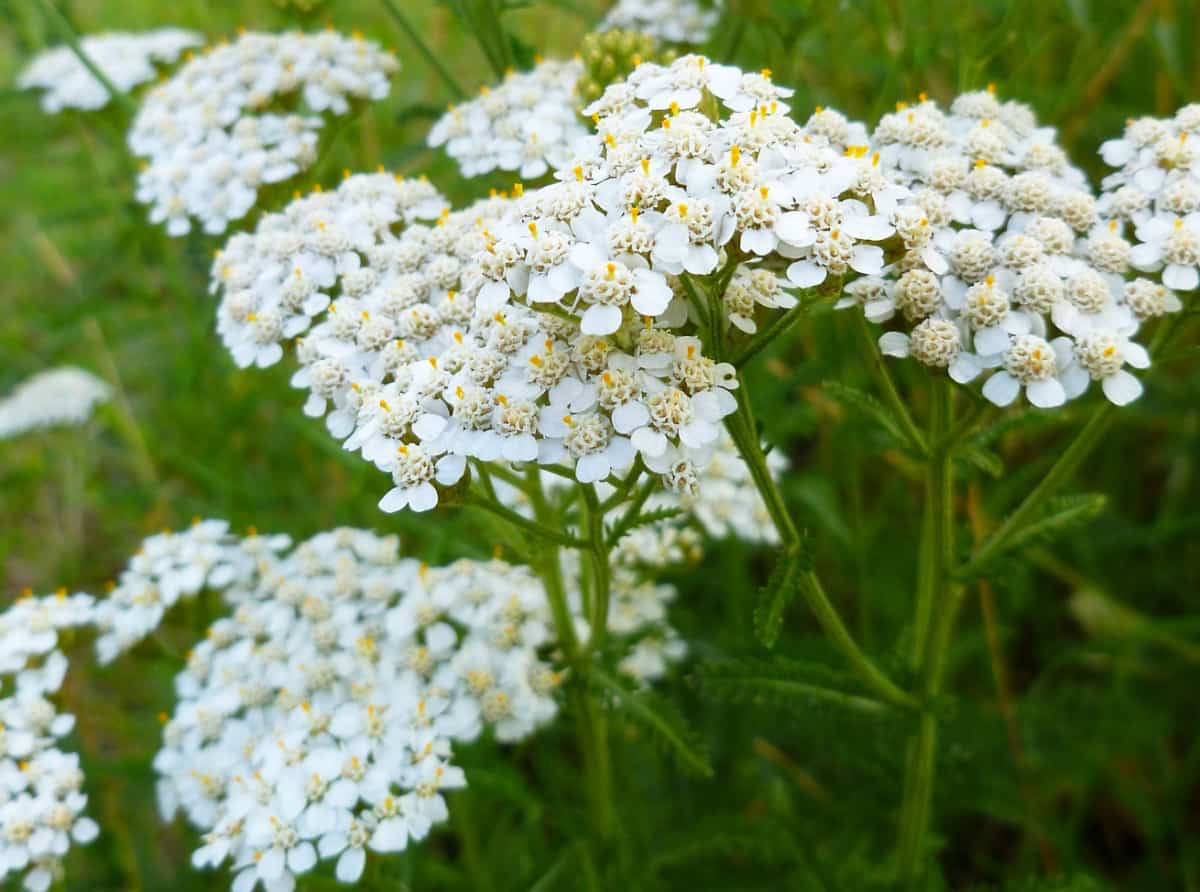
Understanding Yarrow's Growth Characteristics
To fully appreciate yarrow and make the most of its presence in your garden, it's beneficial to understand its primary growth characteristics:
Root System
Yarrow, or Achillea millefolium, is a perennial plant in the Asteraceae family. It has a fibrous root system that spreads through rhizomes (horizontal stems that grow underground).
These roots not only help the plant to absorb water and nutrients but also enable it to spread vegetatively and form colonies.
Due to its spreading nature, some people may consider the yarrow's roots invasive. But they are generally not aggressive or problematic and can be controlled with regular maintenance.
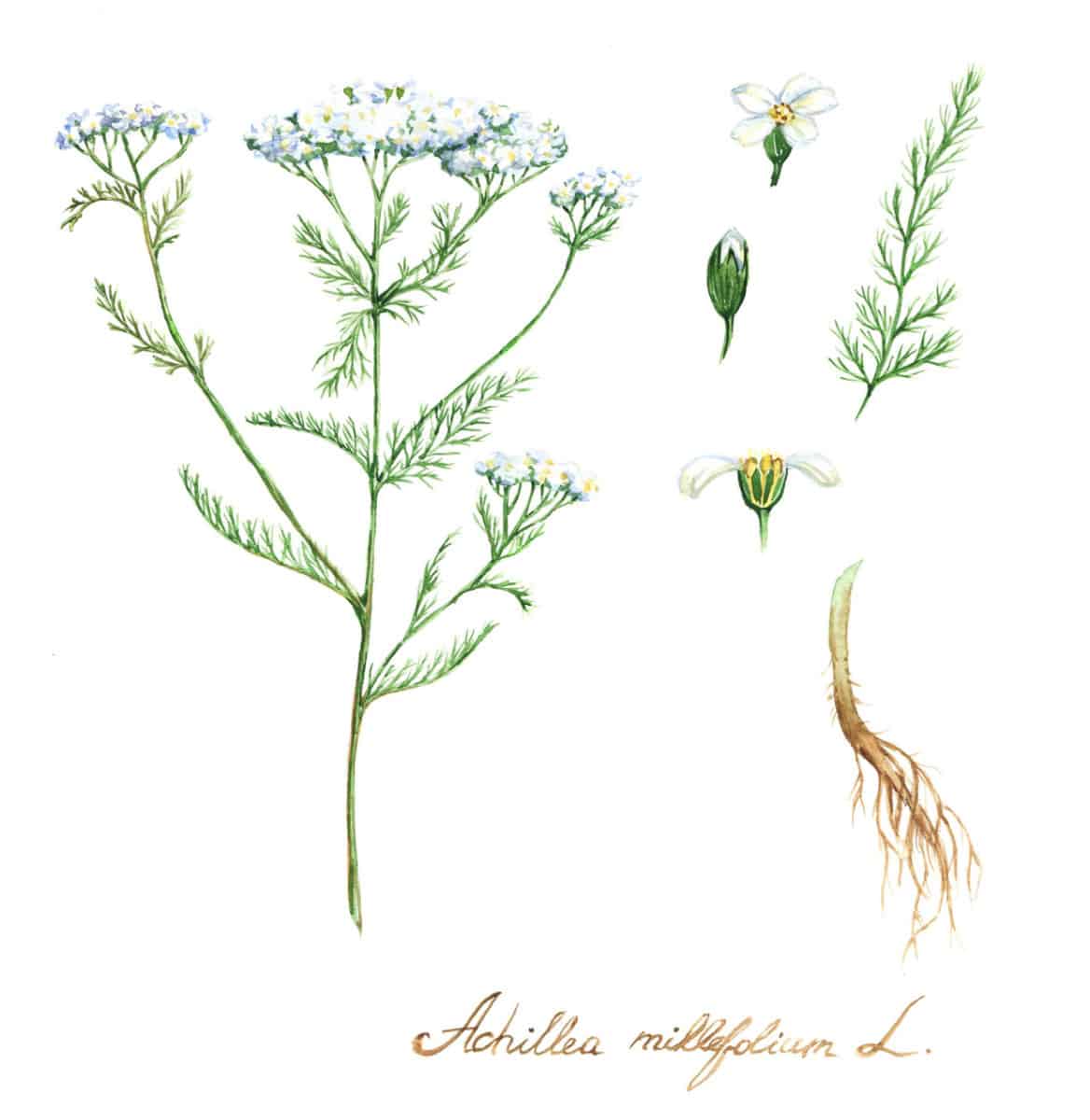
Growth Rate
Yarrow is known for its relatively fast growth rate. It adapts well to a variety of soil types and can be found in diverse habitats such as lawns, verges, and meadows.
Yarrow's growth habits make it an excellent choice for restoring arable lang to grassland or stabilizing a slope.
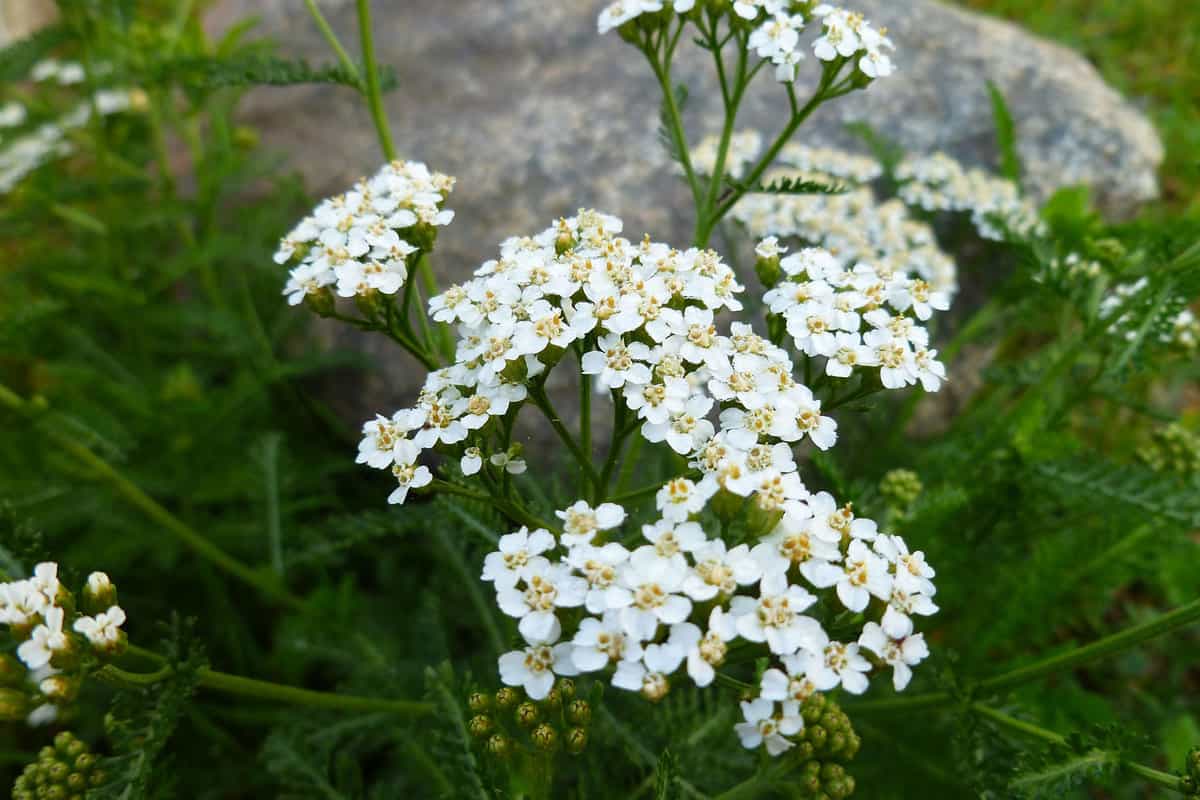
To optimize its growth, yarrow requires proper sunlight and watering conditions.
It grows best in a partly sunny area and needs a light-mild watering twice a week or more thorough watering once a week.
Yarrow is a hardy plant and can tolerate drought, making it a low-maintenance choice for your garden or landscaping project.
Learn more: Why Is My Yarrow Dying [And What To Do]?
Invasive Potential of Yarrow
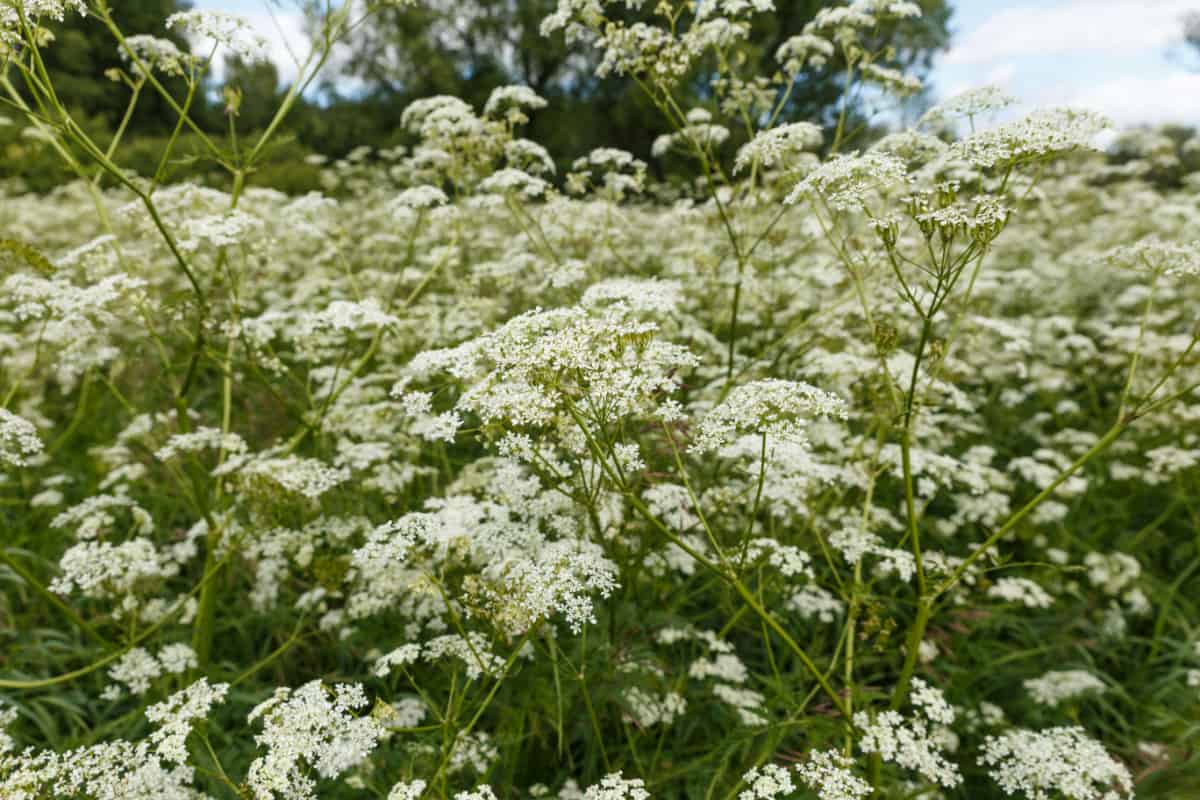
In discussing the ecological implications of yarrow, it's important to examine both its native habitat and the potential impact it could have on local ecosystems.
Native Habitat
Yarrow is a versatile plant with origins in North America, Asia, and Europe. It can be found in various grasslands, such as lawns, verges, and meadows.
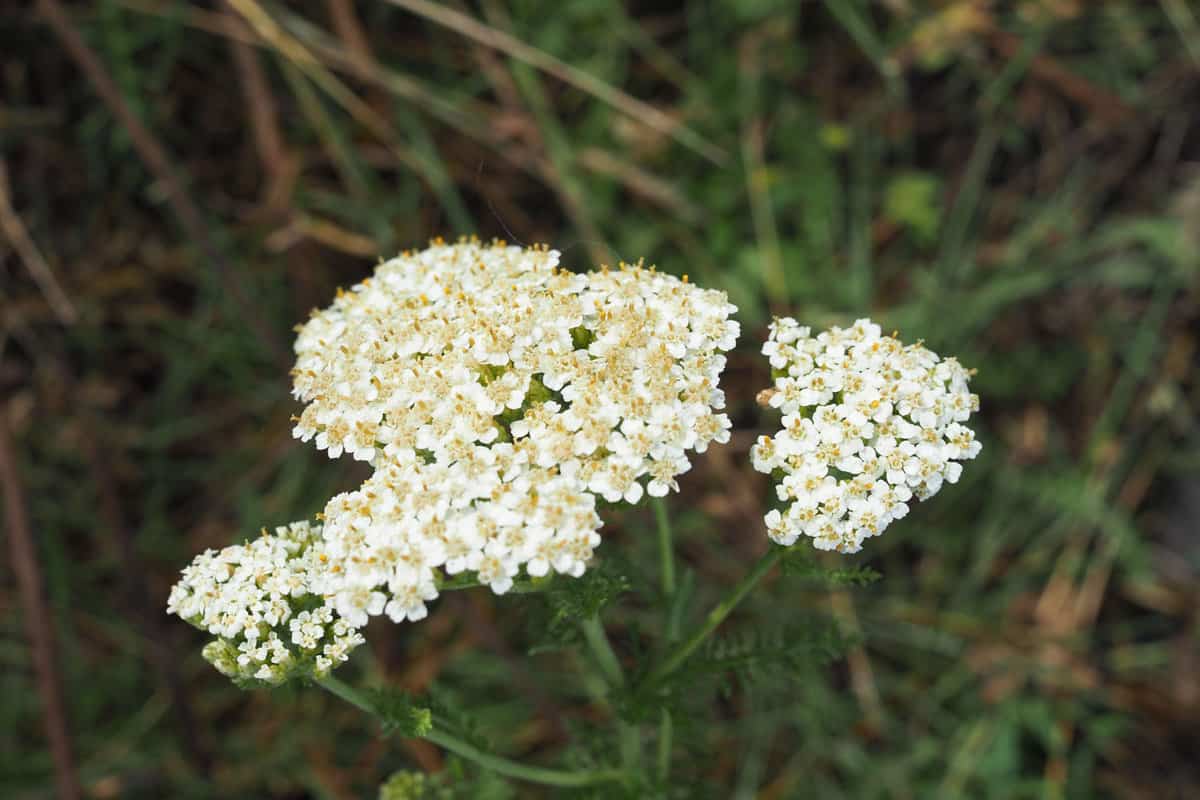
As a strong-smelling perennial, yarrow produces white, flat-topped flower heads. Due to its adaptability, yarrow has a wide worldwide range, making it successful in various habitats and conditions.
Ecological Impact
Although yarrow is not considered a major invasive species, its ability to spread and colonize new areas might still impact local ecosystems.
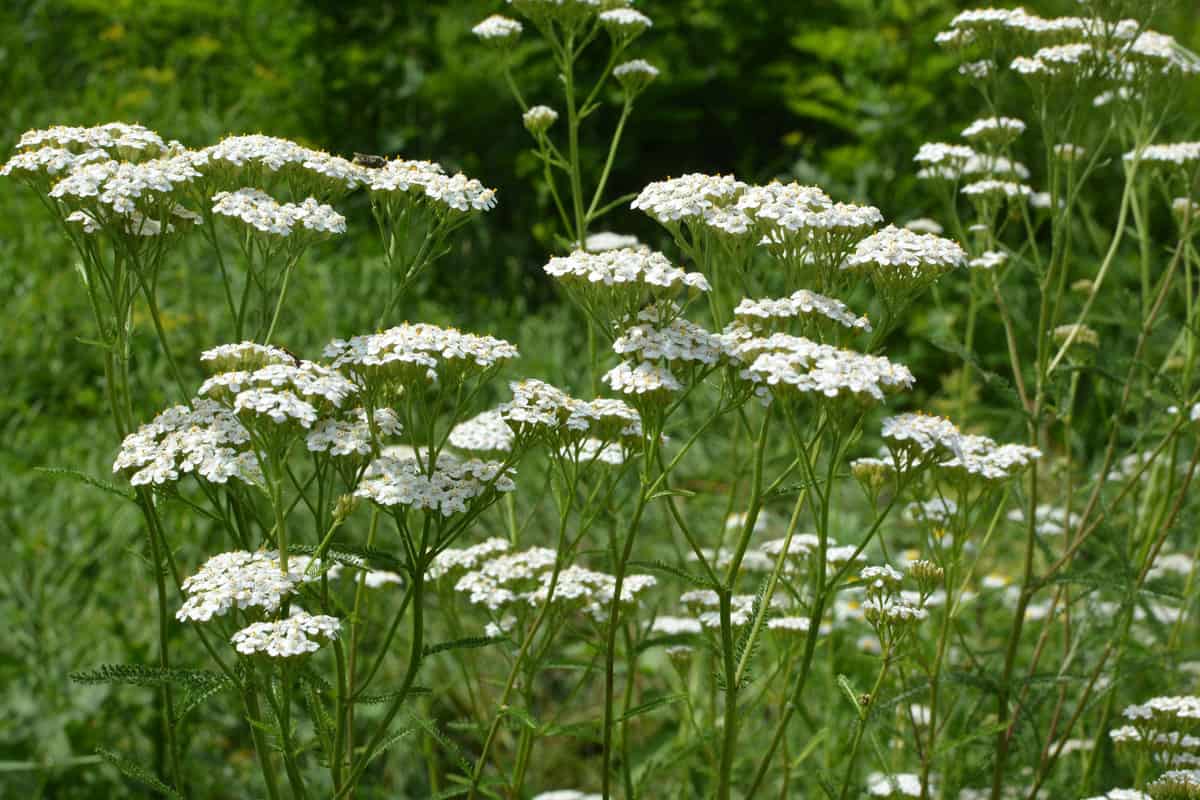
In some cases, yarrow has been reported to be invasive in natural areas in the United States, which may cause a need for monitoring and management.
It is worth noting that yarrow has also been used in ecological restoration by sowing it with other native plants to convert arable land back to grasslands.
You may also like: Does Jasmine Have Invasive Roots?
Dealing with Yarrow Invasion
Understanding how to effectively deal with a potential yarrow invasion is essential when it comes to gardening.
Here are some preventive methods and control measures in handling yarrow invasion.
Prevention Methods
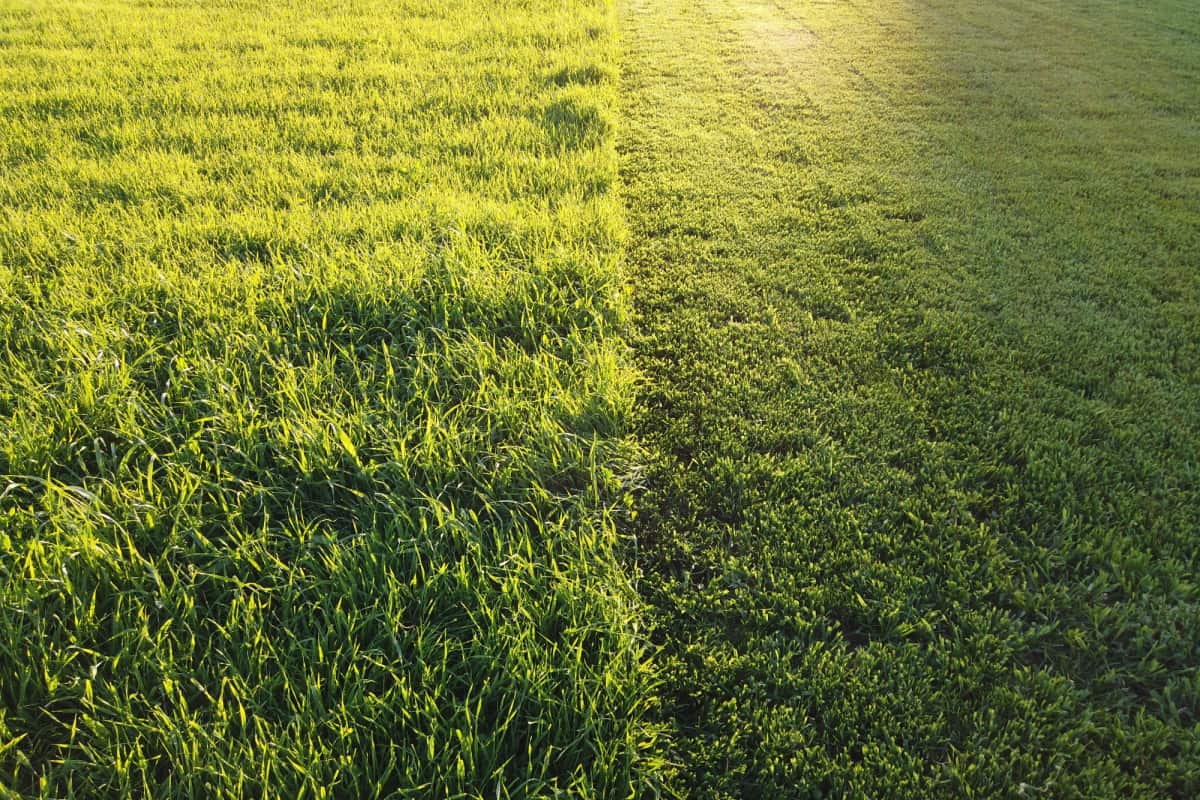
To prevent a yarrow invasion, it is essential to maintain a healthy and dense lawn.
Proper mowing, fertilizing, and watering can help strengthen your turf and make it less susceptible to yarrow intrusions.
Furthermore, deadheading can prevent yarrow from self-seeding and spreading across your garden.
This practice not only keeps yarrow in check but also encourages a more robust bloom in the following season.
Additionally, be cautious when introducing new plants to your garden, as yarrow can sometimes hitch a ride on other plants or in contaminated soil.
Control Measures
Once yarrow has established itself in your lawn or garden, a few control measures can help reduce its spread.
Firstly, try manually removing yarrow by hand or with a gardening tool, making sure to remove the entire root system to prevent regrowth.
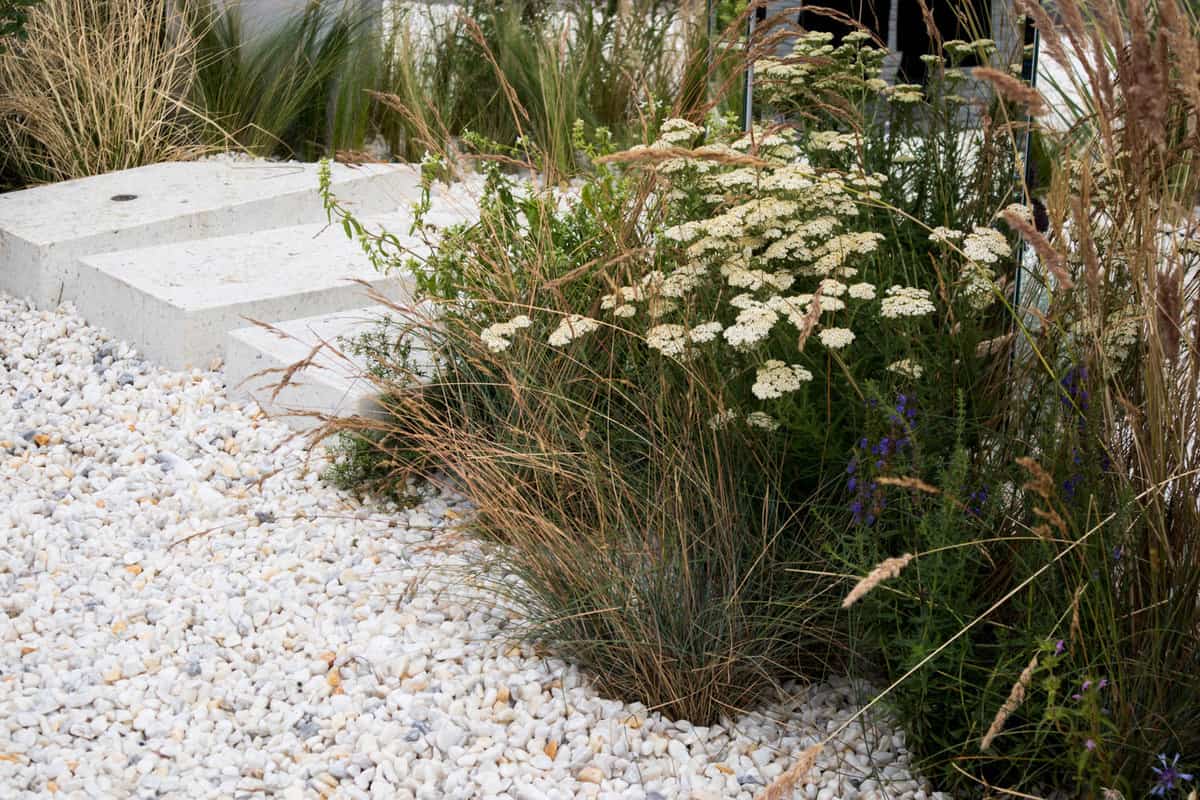
For more persistent invasions, a broadleaf weed killer containing 2,4-D can be applied to target the yarrow without harming the surrounding grass or plants.
This chemical treatment may need to be applied multiple times, as yarrow's root system can be resilient.
In any case, maintaining a healthy and thick lawn can help prevent and control yarrow invasions.
Being proactive with prevention methods and implementing necessary control measures can help keep yarrow at bay and maintain a thriving ecosystem in your yard.
Unfavorable Yarrow Companions: Plants to Avoid Planting with Yarrow
There are a few varieties that do not complement yarrow's growth habits or environmental requirements. These include:
1. Winter Squash
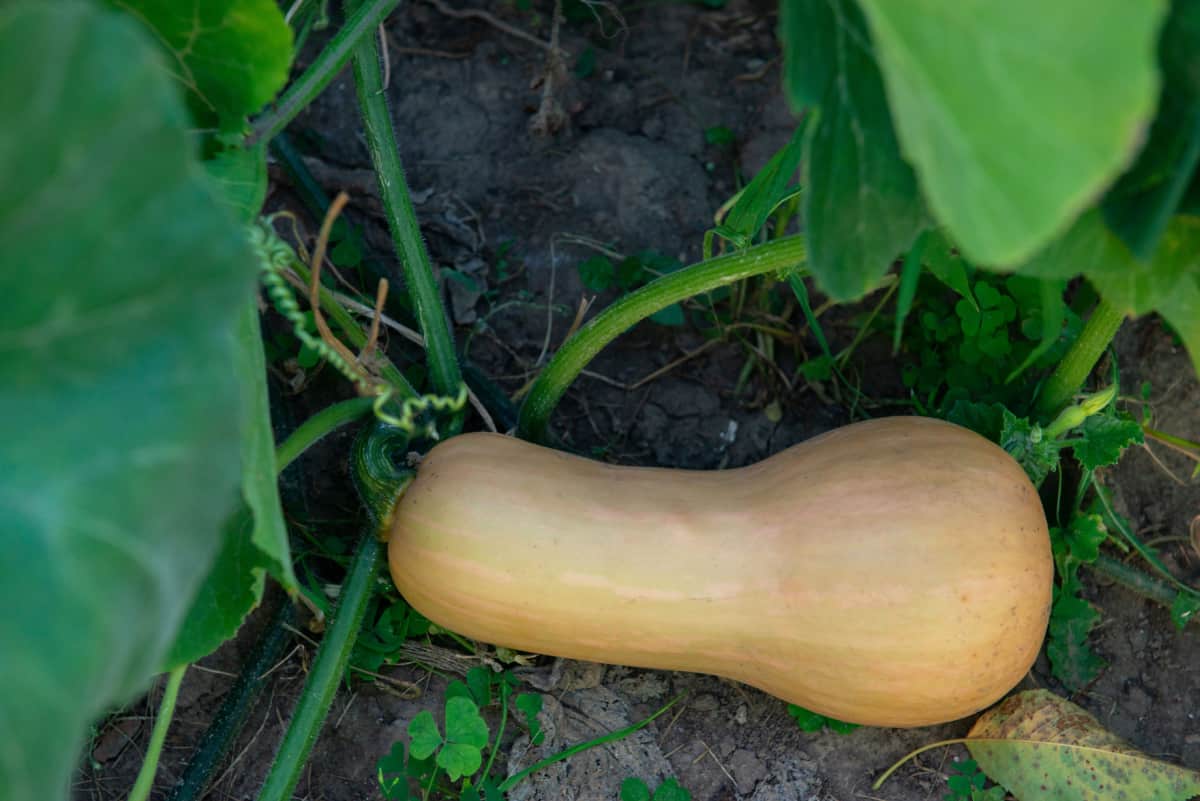
Winter squash varieties, such as butternut and delicata, are similarly prone to powdery mildew.
If yarrow plants in the vicinity develop this disease, it can easily spread to the squash plants.
Moreover, many winter squash varieties have vigorous growth habits, producing vines that can extend over ten feet long.
These vines could potentially overrun and smother yarrow plants. It's therefore advised to keep yarrow and winter squash separated in your garden layout.
2. Ginger
An increasingly popular crop among gardeners, ginger is a tropical herb that craves high heat and ample moisture.

Conversely, yarrow prefers drier soil conditions and can develop fungal diseases like powdery mildew in excessively moist environments.
As such, it's advisable to keep these two plants separate in your garden to accommodate their distinct watering needs.
3. Cucumbers
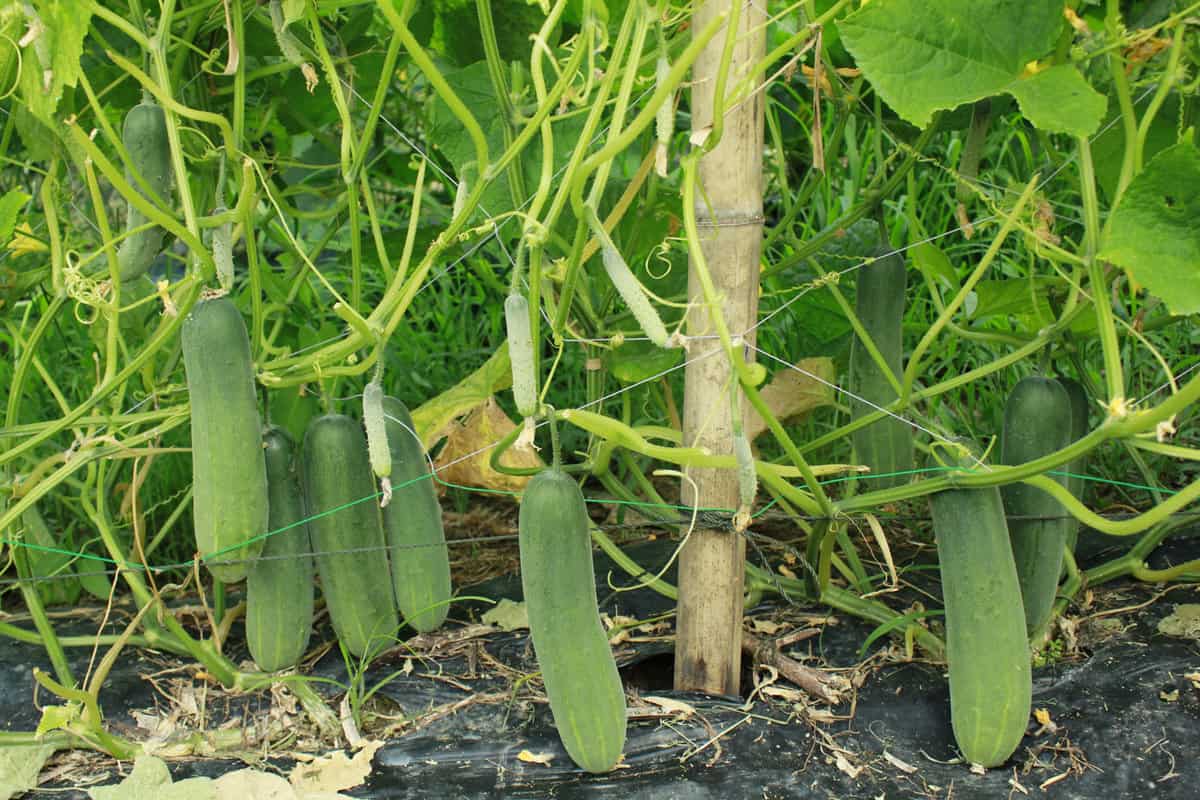
Yarrow plants are known to be susceptible to powdery mildew, a fungal disease that can also heavily impact cucumbers.
As cucumbers grow in a sprawling manner, they can overwhelm and climb over yarrow plants.
Furthermore, yarrow, which can reach up to three feet in height, may cast shade on cucumber plants. This shading could stunt the cucumber's growth and increase the likelihood of fungal diseases.
While yarrow can attract beneficial insects that prey on common cucumber pests like cucumber beetles and aphids, it is recommended to place yarrow plants more than ten feet away from cucumber plants to strike a balance between pest control and plant health.
Read more: Top Flowering Plant Guides
In Closing
Understanding the characteristics, benefits, and potential challenges of yarrow can greatly enhance your gardening or landscaping experience.
While it's true that yarrow's rhizomatous root system and hardy growth can lead to rapid spread, it's equally important to remember that not all varieties are aggressively invasive.
Indeed, yarrow is often appreciated for its ability to restore and reinvigorate landscapes, lending its abilities to ecological restoration efforts.
Remember to employ preventative measures and control methods like maintaining a healthy lawn, deadheading, and cautious introduction of new plants, to manage yarrow's growth effectively.
